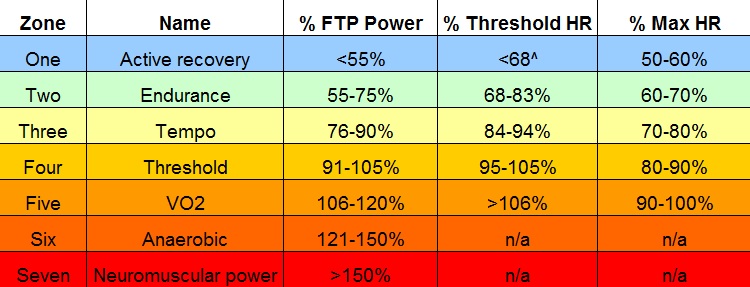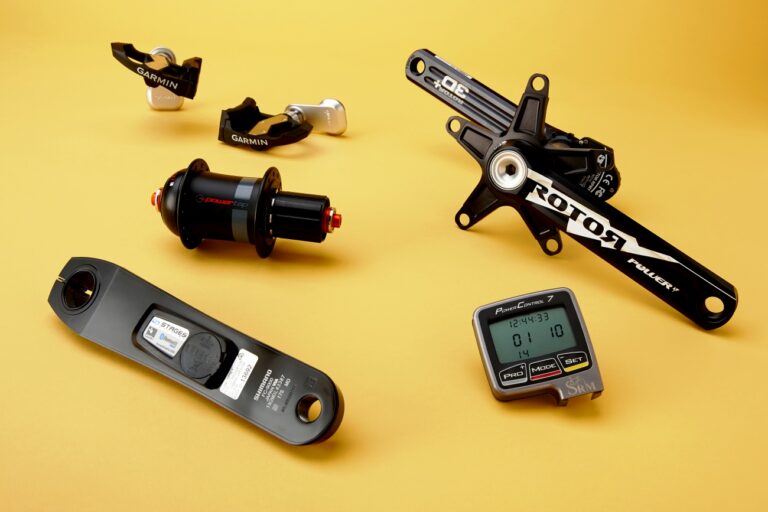1. What is lactate?
-

Lactate has a bad name as the substance that makes your legs burn during exercise - but there's more to it than that (Pic: Loris Van Siebenthal)
-

Sir Bradley Wiggins has the physiological attributes to the break the hour record (Pic: Huw Evans Picture Agency)
-

Use your training zones to work on specific areas of your fitness in the build-up to the Etape du Tour (Pic: Factory Media)
-

Your blood lactate level may be measured during a VO2 Max level - but FTP is an easier figure to ascertain
-

Winter riding, pic: Factory Media
-

Coach Tom Kirk recommends dropping a gear and lowering your cadence to prepare for the effort of short, steep climbs if you live in a flat area (Pic: Sirotti)
1. What is lactate?
Lactate threshold is a term that coaches and riders often use, however it’s often unclear it means. We’ll use this article to demystify lactate threshold.
Lactate threshold refers to the amount amount of power a rider can produce while keeping their lactate (lactic acid) levels under control. The more power we put out on the bike the more lactate is produced and lactate only becomes a problem when we cannot process it fast enough.
Lactate has a bad name as the substance that makes your legs burn during exercise and the reason your legs are sore afterwards – but this actually isn’t the case.
Lactate is produced when your body burns glucose, this is happening the entire time (even when not exercising). Once produced, lactate actually gets reprocessed back into glucose and used as a fuel. Lactate processing takes place first of all in your muscles and this happens very quickly. It is only when there is too much lactate for your muscles to process that it gets shipped off in your blood stream for processing elsewhere in the body, this raises your blood lactate.
Lactate threshold occurs at the point where the amount of lactate in the blood reaches it’s highest sustainable level. In simple terms, your lactate threshold is how hard you can ride for a prolonged period without blowing up.
Lactate is mainly produced by type II (fast twitch) muscle fibres, while it is mainly processed by type I (slow twitch) muscle fibres. One more interesting fact about lactate before we look at what lactate threshold is – your brain neurons also use it as a fuel source, so far from being a bad thing that only makes your legs hurt, it is an incredibly important substance in your body.
Now we’ve got a handle on exactly what lactate is, let’s get to grips with lactate threshold.
[series]





